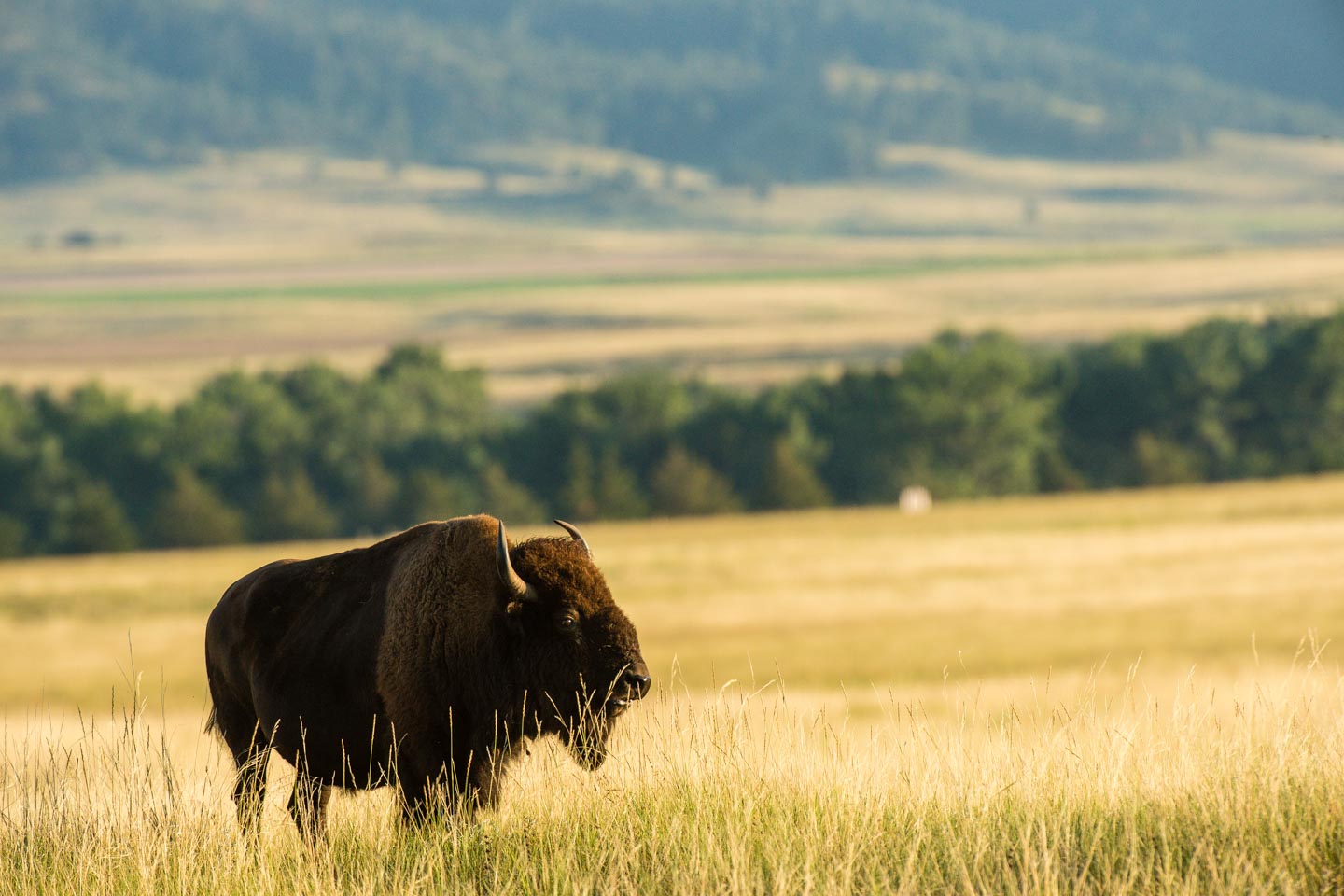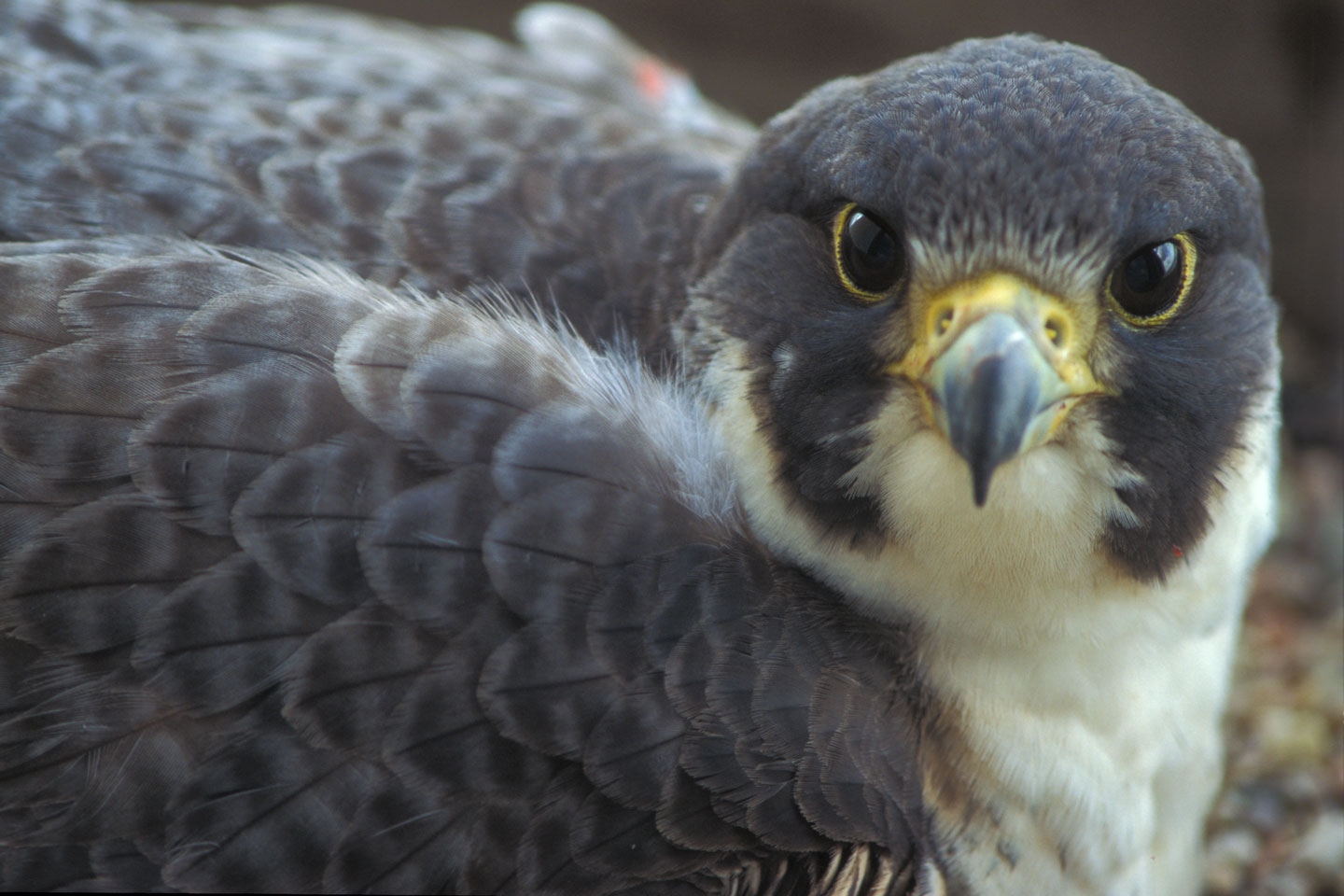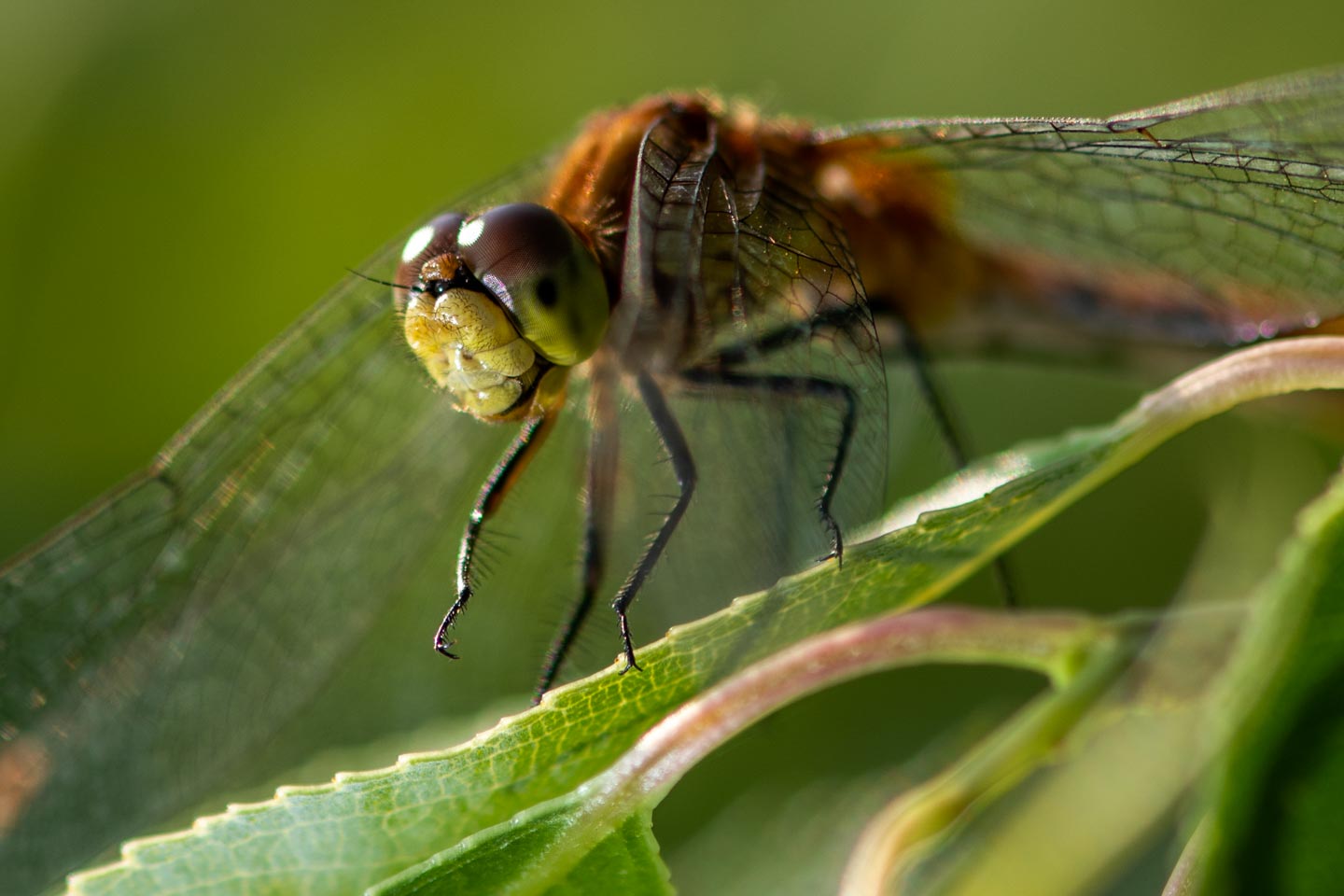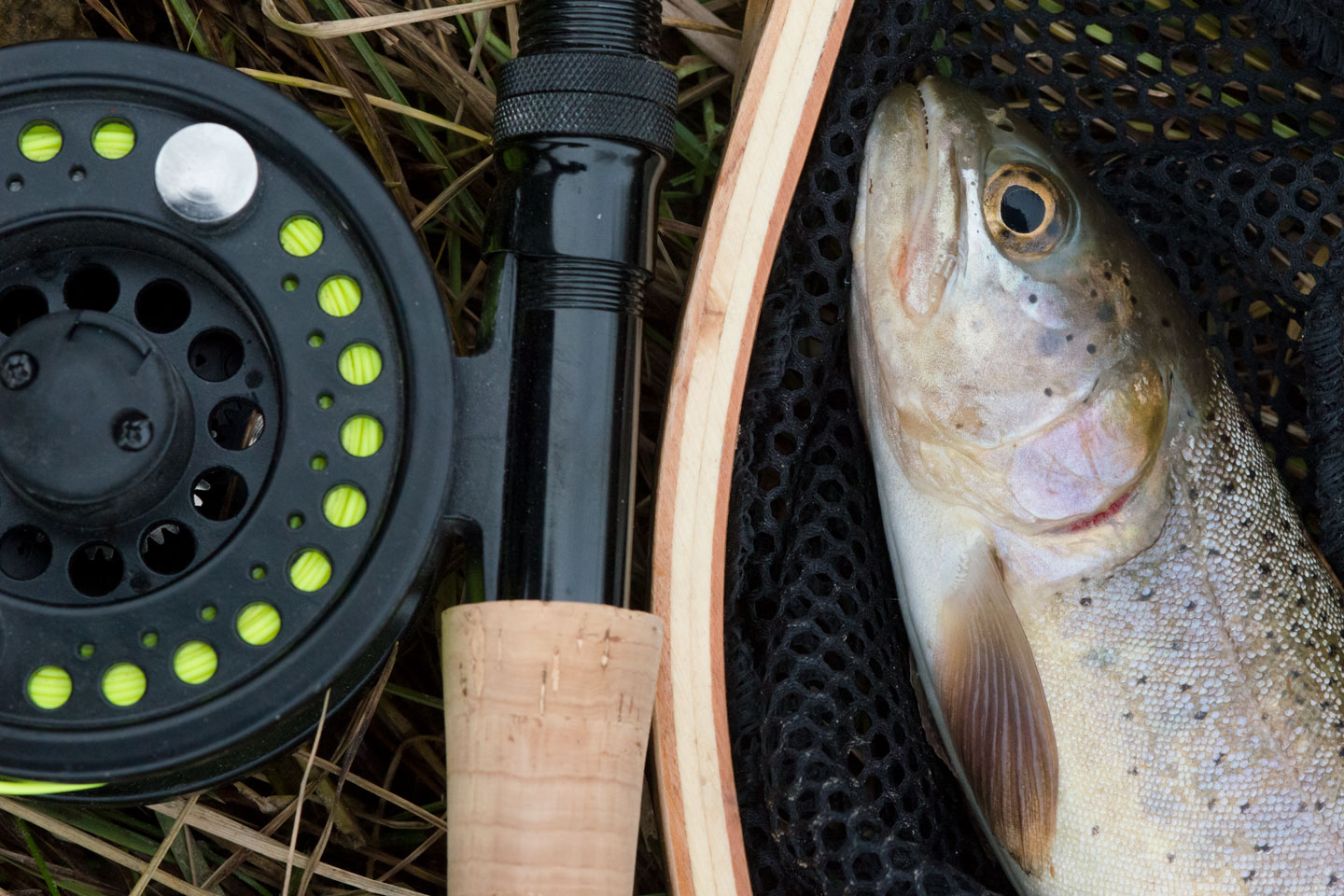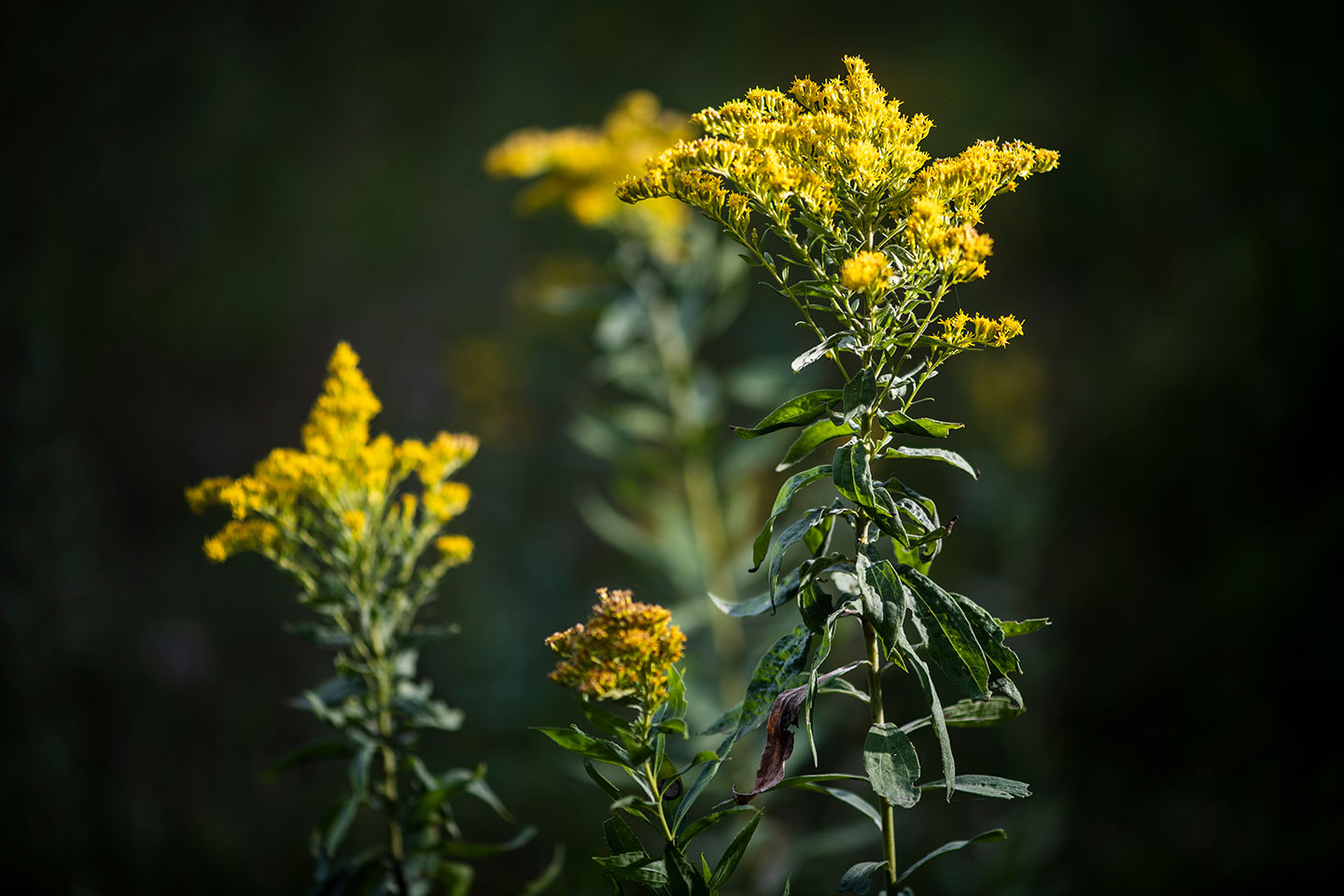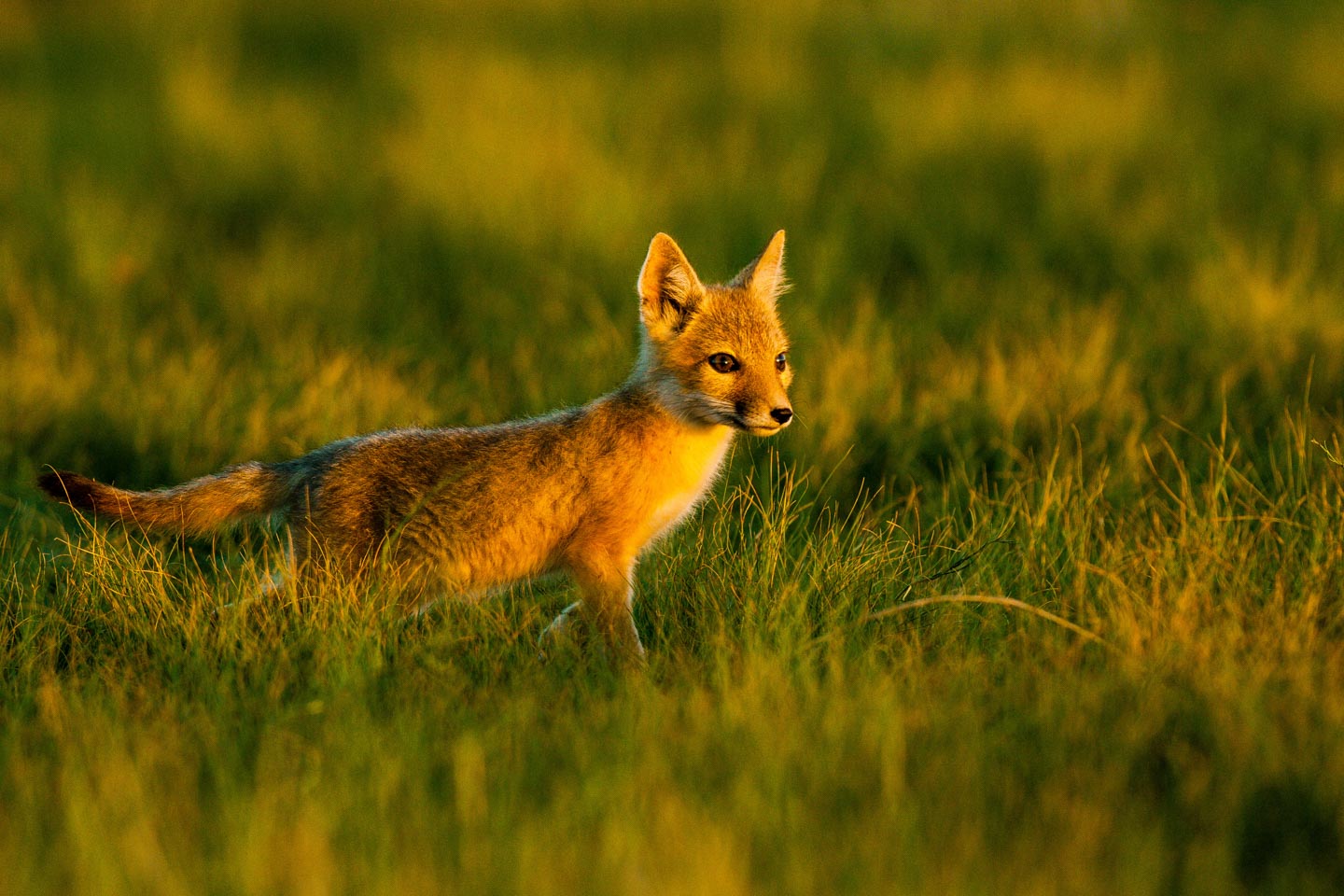River Otter

The river otter is the largest member of the weasel family in Nebraska, ranging from 35-52 inches in length. It weighs from 11-30 pounds, with males weighing more than females.
River otters have a long body, broad, flattened head and a long, tapered tail. Their dark brown upper body appears black when wet, with a paler belly and a silvery gray throat. The longer guard hairs overlay a short, dense, oily under-layer of fur. Their faces have prominent, whitish whiskers.
They are excellent swimmers and can dive up to 55 feet underwater. With fur on their webbed, padded feet you may see them sliding on ice rather than walking.
River otters communicate using several methods. Vocalizations include chirping, growling, whistles, and screams. They also communicate through scent marking using a pair of scent glands located at the base of their tail. They also scent mark by urinating or defecating at latrine areas throughout their home range. And finally, they communicate through body language, including touch and posture.
Anyone fortunate enough to observe an otter in the wild will not likely forget its playful, inquisitive nature or its graceful swimming ability. River otters tend to be active at night, although in undisturbed areas they may be active during the day.
Several Nebraska species look like the northern river otter, including mink and beaver. Although also in the Mustelidae family, mink are significantly smaller.
Range
The range of the northern river otter extends throughout Canada and the United States. They are found along water ways, lakes, and wetlands. In Nebraska, river otters can be found along all major river systems.
Diet
River otters are opportunistic and will eat foods that are most available. Fish make up the greatest portion of the otter’s diet; followed by crayfish. Other foods include amphibians, insects, small mammals and birds.
In clear water, river otters use their excellent swimming ability to capture fish by sight and direct pursuit. In murky water, they use their whiskers to locate prey by movement.
Habitat
River otters are found along streams and rivers that flow through Nebraska’s tallgrass, mixed grass and shortgrass prairies. They also are found in the Sandhills around streams, lakes, ponds, marshes and swamps. They may den in hollow logs, underground space among roots, overhangs, beaver lodges or dens and other animal burrows. They often have a large home range to ensure they have enough food and resources.
Reproduction
River otters generally reach sexual maturity at about 2 years old; however, females do not become pregnant until 3 years old. When many otters are present in an area, a male may breed with more than one female, but may not breed successfully until about 5 years old.
Litter size varies from one to six, but litters of two or three are most common. The small litter size, along with the fairly late maturity, results in a low reproductive potential.
In Nebraska, breeding occurs in March or April, but this can vary. After conception, female river otters have the ability to delay when the egg begins to develop. This is known as delayed implantation. Once the egg is implanted, gestation lasts about 60 days.
Female river otters establish a den shortly before the young are born, usually near water. Dens often have a hidden underwater entrance.
Young are born nearly a year after conception, usually in February through May. They are born with short, silky black fur and closed eyes. They remain in their den until they are about 2 months old. At which point they are introduced to the water and are taught how to forage for food.
Male river otters are not involved in raising the young. When the young are 3-4 months old, the male may rejoin the family group. Females are responsible for teaching young how to swim and forage for food. Young otters are able to take care of themselves at about 5-6 months. However, they may stay with their mother until they are kicked out of the den with the birth of a new litter. Consequently, young otters may not leave until they are at least a year old. Otters are social animals and may stay with family or join unrelated groups.
Population Status
Unregulated trapping and habitat alteration were probably the most important factors leading to the complete disappearance of otters from Nebraska. The river otter, once native to Nebraska, was commonly reported in journals of early explorers. Since otters were highly prized for their pelts, fur trappers targeted both river otters and beavers. A harvest record indicated that some 65,000 otters were taken in North America in 1800 alone. The conversion of prairie and wetlands to agriculture reduced available habitat.
By 1904, numbers across the country had dipped to about 4,500. About this time, the river otter disappeared from Nebraska.
It was not until 1977 that an otter was found again in Nebraska after being inadvertently trapped near the Republican River.
In 1986, the river otter was listed as an endangered species in Nebraska. Soon after, the Nebraska Game & Parks Commission began a reintroduction program releasing 159 river otters between 1986-1991.
Today, river otter populations in Nebraska are growing. In January 2020, the Nebraska Game and Parks Commissioners voted to remove river otters from the state threatened list based on recommendations from the staff biologists. They presently have a nearly statewide distribution and their population is secure.
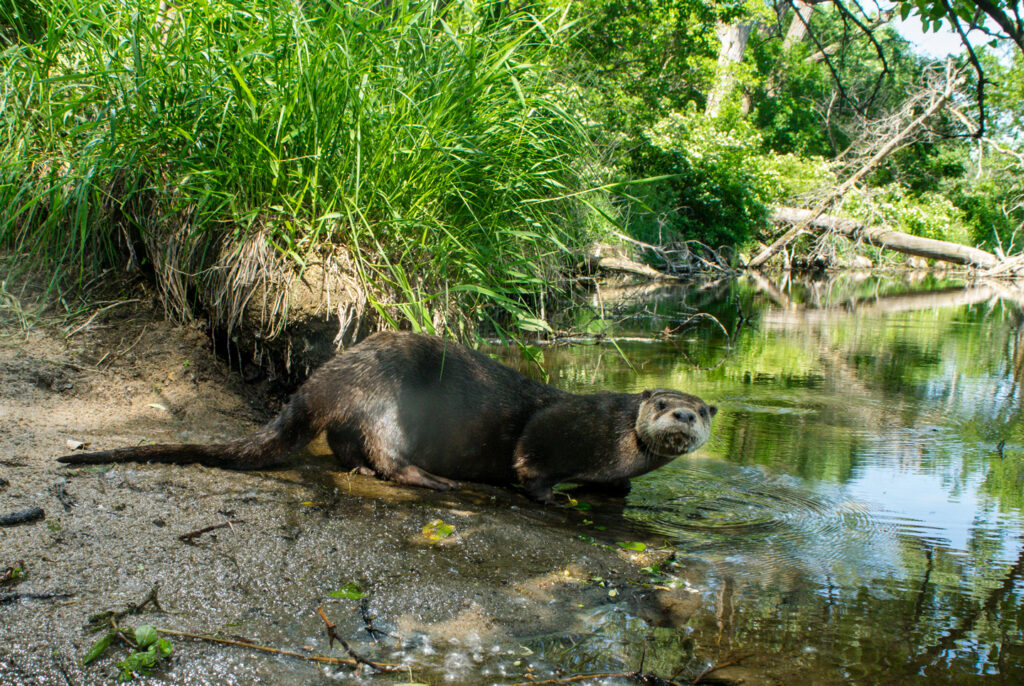
Management and Outlook
River otter populations have expanded since their reintroduction. High survival rates and the adaptability of this species have contributed to their success. Our river otter management plan is a dynamic one that aims to maintain resilient, healthy, and socially acceptable river otter populations that are in balance with available habitat and other wildlife species over the long term. It is dynamic and changes as needed.
Related Content
Learn about Nebraska’s other animals, fish, insects and plants.

